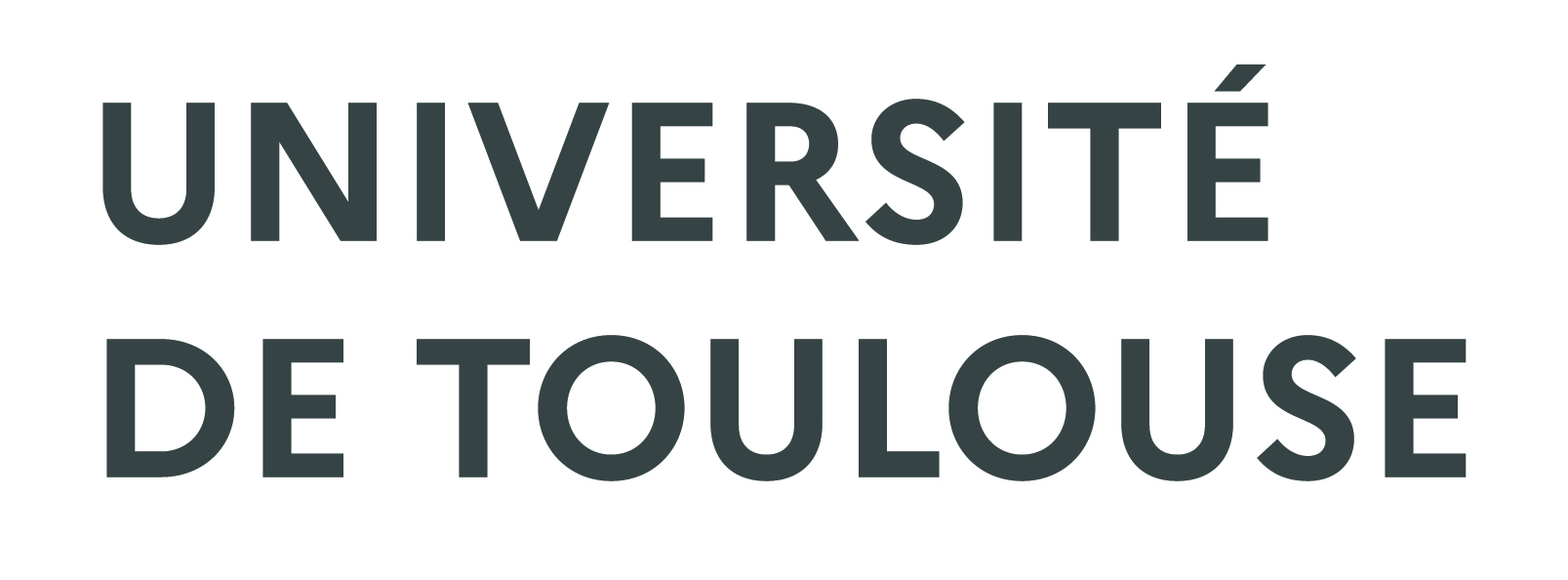Garnet-Vesuvianite Equilibrium in Rodingites from Dobšiná (Western Carpathians)
Résumé
Intensively metasomatized rocks from serpentinized ultramafic tectonic fragments in Dobšiná, Western Carpathians, consist of typical rodingite mineral association: hydrated garnet, vesuvianite, diopside and clinochlore. Electron microprobe analysis (EMPA) and Micro-Raman analyses of the main minerals evidence complex mineralogical evolution and variable mineral chemistry. Garnet solid solution is dominated by grossular-andradite series, which demonstrates a significant degree of hydration, mainly for grossular rich garnet cores. Garnet is locally enriched in TiO2 (up to 13 wt%), possibly indicating a chemical relic of a Ti-oxide mineral. Younger, andradite-richer garnet rims demonstrate a low degree of hydration, suggesting a harder incorporation of an (OH)− anion into its crystal structure. Garnet chemical variations display an ideal negative correlation between Al and (Fe3+ + Ti). The most recent mineral phase is represented by euhedral vesuvianite (± chlorite), which crystallizes at the expense of the garnet solid solution. This reaction shows a well-equilibrated character and indicates a high extent of rodingitization process. Chlorite thermometry models suggest an average temperature of late rodingite (trans) formation of about 265 °C.
| Origine | Fichiers éditeurs autorisés sur une archive ouverte |
|---|---|
| Licence |



